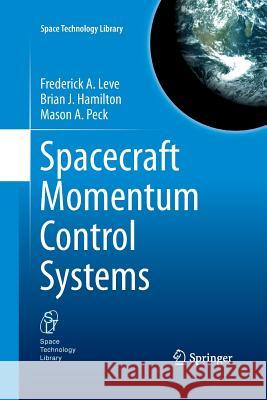Spacecraft Momentum Control Systems » książka
topmenu
Spacecraft Momentum Control Systems
ISBN-13: 9783319361741 / Angielski / Miękka / 2016 / 247 str.
Kategorie:
Kategorie BISAC:
Wydawca:
Springer
Seria wydawnicza:
Język:
Angielski
ISBN-13:
9783319361741
Rok wydania:
2016
Wydanie:
Softcover Repri
Ilość stron:
247
Waga:
0.38 kg
Wymiary:
23.39 x 15.6 x 1.42
Oprawa:
Miękka
Wolumenów:
01
Dodatkowe informacje:
Wydanie ilustrowane











